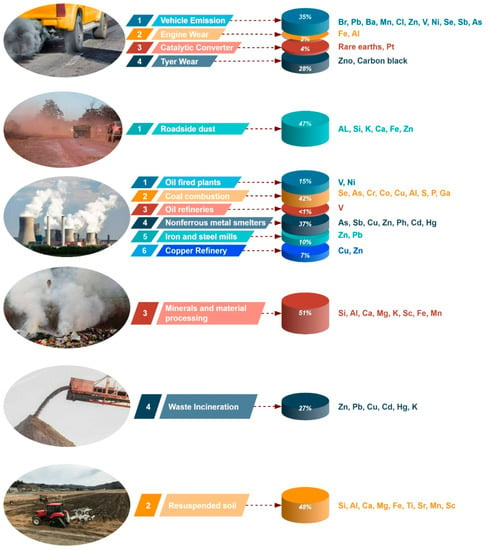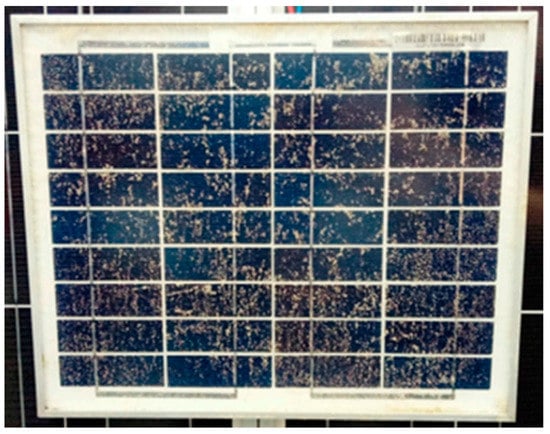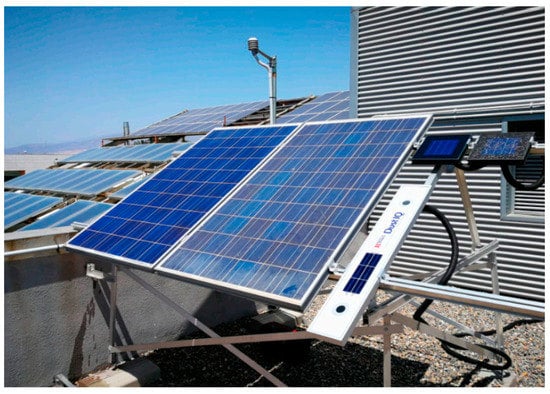Solar systems are designed to maximize energy generation with abundantly available solar energy. A few variables a result, the properties of photovoltaic (PV)that affect the functioning of a solar photovoltaic (PV) system are solar irradiance, latitude, longitude, tilt angle, and orientation. Additionally, environmental factors like dust and soiling of panel surfaces impact the cost of maintaining and producing electricity from a PV system. Cost-effective dust mitigation strategies need to devise specific solutions for efficiently harnessing solar energy. The essential findings of ongoing investigations on dust deposition on the surface of PV structures and various mitigating measures to tackle soiling issues are discussed here. This comprehensive assessment critically evaluates the current research on the soiling effect and PV system performance improvement techniques to determine the academic community's future research priorities. As a result, the PV systems are permanent, and some of these qualities may lead to soiling loss, especially if regular cleaning regimes are not meticulously followed.
- solar energy
- photovoltaics (PV)
- dust
- soiling
- performance degradation
1. Tilt Angle and Orientation
2. Glazing Surface Characteristics

3. Height of Solar Panel
References
- Salim, A.; Huraib, F.S.; Eugenio, N.N. PV power-study of system options and optimization. In EC Photovoltaic Solar Conference; Kluwer Academic Publishers: Dordrecht, The Netherlands; Boston, MA, USA; London, UK, 1988; Volume 8, pp. 688–692.
- Hassan, A.H.; Rahoma, U.A.; Elminir, H.K.; Fathy, A.M. Effect of airborne dust concentration on the performance of PV modules. J. Astron. Soc. Egypt 2005, 13, 24–38.
- Sayigh, A.A.M.; Al-Jandal, S.; Ahmed, H. Dust Effect on Solar Flat Surfaces Devices in Kuwait. In Proceedings of the Workshop on the Physics of Non-Conventional Energy Sources and Materials Science for Energy, Triest, Italy, 2–20 September 1985; pp. 353–367.
- Alonso-Montesinos, J.; Martínez, F.R.; Polo, J.; Martín-Chivelet, N.; Batlles, F.J. Economic effect of dust particles on photovoltaic plant production. Energies 2020, 13, 6376.
- El-Shobokshy, M.S.; Hussein, F.M. Effect of dust with different physical properties on the performance of photovoltaic cells. Sol. Energy 1993, 51, 505–511.
- Rudnicka, M.; Klugmann-radziemska, E. Soiling effect mitigation obtained by applying transparent thin-films on solar panels: Comparison of different types of coatings. Materials 2021, 14, 964.
- Goossens, D.; Van Kerschaever, E. Aeolian dust deposition on photovoltaic solar cells: The effects of wind velocity and airborne dust concentration on cell performance. Sol. Energy 1999, 66, 277–289.
- Hottel, H.; Woertz, B. Performance of flat-plate solar-heat collectors. ASME (Am. Soc. Mech. Eng.) 1942, 64, 91–104.
- Wang, P.; Yan, X.; Zeng, J.; Luo, C.; Wang, C. Antireflective superhydrophobic coatings with excellent durable and Self-cleaning properties for solar cells. Appl. Surf. Sci. 2022, 602, 154408.
- Michalsky, J.J.; Perez, R.; Stewart, R.; LeBaron, B.A.; Harrison, L. Design and development of a rotating shadow band radiometer solar radiation/daylight network. Sol. Energy 1988, 41, 577–581.
- Elminir, H.K.; Ghitas, A.E.; Hamid, R.H.; El-Hussainy, F.; Beheary, M.M.; Abdel-Moneim, K.M. Effect of dust on the transparent cover of solar collectors. Energy Convers. Manag. 2006, 47, 3192–3203.
- Mustafa, R.J.; Gomaa, M.R.; Al-Dhaifallah, M.; Rezk, H. Environmental impacts on the performance of solar photovoltaic systems. Sustainability 2020, 12, 608.
- Semaoui, S.; Arab, A.H.; Boudjelthia, E.K.; Bacha, S.; Zeraia, H. Dust Effect on Optical Transmittance of Photovoltaic Module Glazing in a Desert Region. Energy Proc. 2015, 74, 1347–1357.
- El-Nashar, A.M. The effect of dust accumulation on the performance of evacuated tube collectors. Sol. Energy 1994, 53, 105–115.
- Hegazy, A.A. Effect of dust accumulation on solar transmittance through glass covers of plate-type collectors. Renew. Energy 2001, 22, 525–540.
- Garg, H.P. Effect of dirt on transparent covers in flat-plate solar energy collectors. Sol. Energy 1974, 15, 299–302.
- Nahar, N.M.; Gupta, J.P. Effect of dust on transmittance of glazing materials for solar collectors under arid zone conditions of India. Solar Wind Technol. 1990, 7, 237–243.
- Mastekbayeva, G.A.; Kumar, S. Effect of dust on the transmittance of low density polyethylene glazing in a tropical climate. Sol. Energy 2000, 68, 135–141.
- Quang, T.N.; He, C.; Morawska, L.; Knibbs, L.D.; Falk, M. Vertical particle concentration profiles around urban office buildings. Atmos. Chem. Phys. 2012, 12, 5017–5030.
- McGowan, H.A.; Clark, A. A vertical profile of PM10 dust concentrations measured during a regional dust event identified by MODIS Terra, western Queensland, Australia. J. Geophys. Res. 2008, 113, 1–10.
- Cano, J.; John, J.J.; Tatapudi, S.; TamizhMani, G. Effect of tilt angle on soiling of photovoltaic modules. In Proceedings of the IEEE 40th Photovoltaic Specialist Conference (PVSC), Denver, CO, USA, 8–13 June 2014; pp. 3174–3176.
- Beattie, N.S.; Moir, R.S.; Chacko, C.; Buffoni, G.; Roberts, S.H.; Pearsall, N.M. Understanding the effects of sand and dust accumulation on photovoltaic modules. Renew. Energy 2012, 48, 448–452.



